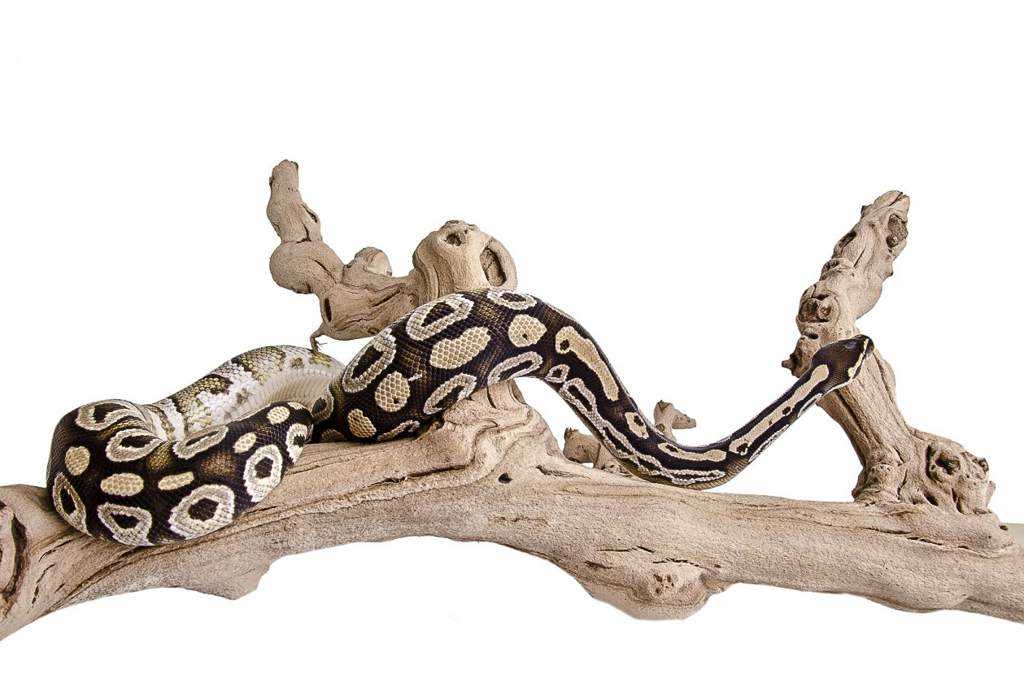
Snakes, being long and flexible reptiles, are well adapted to climbing trees and branches. They have a unique ability to coil their bodies around various objects, allowing them to effortlessly ascend different surfaces. One snake species known for its exceptional climbing skills is the python, which uses its muscular body to slither its way up tree trunks and branches.
When climbing, snakes depend on their strong muscles and specialized scales to grip onto surfaces. They can “hug” the tree trunk or branch with their body, creating friction that prevents them from slipping. Snakes also use their belly scales to hold onto rough surfaces, such as tree bark, and to push themselves forward while climbing.
Another technique that snakes employ while climbing trees is the use of their head and neck movements. By extending their heads and using their tongue to sense their surroundings, snakes can find stable support points on the tree or branch. They then anchor themselves using their coils and proceed to move their body upwards, bit by bit, in a slithering motion.
Vines and other types of vegetation make snake climbing even more interesting. Some snakes take advantage of these natural ladders by using them as a bridge between trees or as a stepping stone to reach higher branches. This unique adaptation, coupled with their incredible agility and strength, allows snakes to explore new territories and find shelter, food, or even a safe spot to rest.
Snake climbing branch
One of the most fascinating aspects of snake climbing is their ability to coil their bodies around a branch or vine, providing them with stability and leverage. This coiling technique allows them to move effortlessly through the trees, using their strong muscles to propel themselves forward.
In contrast, there are non-arboreal snakes that are not adapted for tree climbing and spend most of their time on the ground. These snakes have different body structures and lack the specialized adaptations needed for efficient climbing.
Snakes that are adapted for climbing have several key features that enable them to navigate tree branches. Their scales are designed to provide traction and grip, allowing them to hold on to surfaces even in slippery conditions. Additionally, their muscular system is specialized for climbing, providing them with the strength and flexibility required to slither up trees and branches.
When climbing, snakes use a combination of slithering and coiling movements. They propel themselves forward by pushing off with their muscles and using their bodies to grip onto the branches. This technique allows them to move quickly and efficiently through the trees.
How snakes climb trees and branches
Snakes, being highly flexible and muscular reptiles, have developed unique adaptations for climbing trees and branches. Their ability to climb is not limited to just slithering along the ground; they are also capable of ascending vertical surfaces and navigating through complex arboreal environments.
One of the most fascinating aspects of snake climbing is their use of coils. When climbing, snakes coil their bodies around branches and vines, allowing them to gain traction and maintain a firm grip. This coiling technique provides them with the necessary stability to move smoothly and efficiently, even in challenging terrains.
On the other hand, non-arboreal snakes, like the common garter snake, are not as specialized for climbing. While they can still climb trees and branches to some extent, they lack the specific adaptations of arboreal snakes. Non-arboreal snakes rely more on their muscular strength and slithering motions to maneuver in the vertical realm.
The fascinating adaptations of snake scales for climbing
Snake scales play a crucial role in their climbing abilities. These scales are designed to provide a high level of grip, preventing the snake from slipping or losing its balance while climbing. The scales have tiny, specialized structures called keels, which enhance the traction and grip on various surfaces.
Additionally, the shape and orientation of the scales differ between arboreal and non-arboreal snakes. Arboreal snakes tend to have scales with a rougher texture and prominent keels, allowing them to maintain a secure grip on tree bark and branches. The scales of non-arboreal snakes are generally smoother, giving them a more streamlined appearance but with slightly reduced grip.
The powerful muscular system of climbing snakes
The muscles responsible for climbing are highly developed and well-coordinated, ensuring the snake maintains control and stability while navigating through the arboreal environment. These muscles work in harmony, contracting and relaxing in a sequential pattern that propels the snake forward while gripping onto the climbing surface.
Types of snakes that climb
Another snake that is an excellent climber is the vine snake (Ahaetulla nasuta). This slender reptile, found in Southeast Asia, has a prehensile tail that it uses to hold onto branches while it moves. Its body’s slender shape and elongated snout contribute to its exceptional climbing skills.
It should be noted that not all snakes are proficient climbers. Several snake species, such as vipers and boas, are considered non-arboreal and spend most of their time on the ground.
Arboreal snakes versus non-arboreal snakes
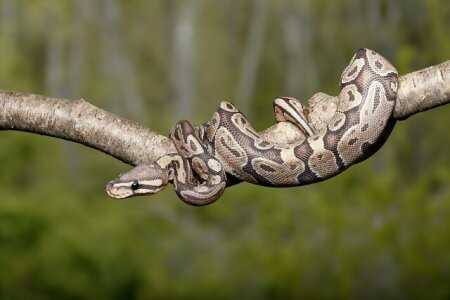
One of the most well-known arboreal snakes is the Python. These magnificent reptiles have developed unique adaptations that allow them to navigate and traverse the tree branches with ease. Unlike their non-arboreal counterparts, arboreal snakes possess longer and more flexible bodies, which enables them to slither through the dense foliage and tightly coil around tree trunks and branches.
The ability of arboreal snakes to climb trees is facilitated by their scales. The scales on their ventral side, or belly, are modified to provide extra grip, allowing them to grasp onto the rough texture of tree bark or vines. Additionally, their scales have small, hook-like structures that further enhance their ability to cling to branches and prevent them from slipping or falling.
While non-arboreal snakes are also capable of climbing trees to some extent, their bodies and scales are not as well-adapted for this purpose. Non-arboreal snakes lack the specialized features that allow arboreal snakes to maneuver easily in the treetops. Their bodies are generally stouter and less flexible, making it more challenging for them to navigate through the branches.
Adaptations for climbing
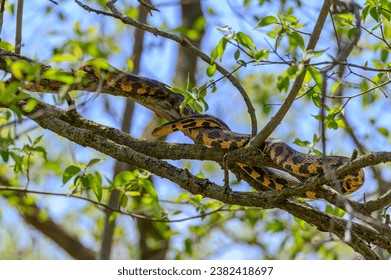
Snakes have developed various adaptations to excel at climbing trees and branches. These adaptations allow them to navigate their arboreal environments with ease and precision.
Another adaptation is the ability to use their strong muscles to propel themselves upwards. Snakes have powerful muscles throughout their bodies, which they can contract and release in a coordinated manner to inch their way up a tree trunk or branch. This muscular system allows them to push against the surface they are climbing on and create the necessary force to move upwards.
The ability to climb trees and branches is not present in all snake species. Arboreal snakes, which primarily dwell in trees, have evolved specific adaptations for climbing due to their reliance on this habitat. Non-arboreal snakes, on the other hand, do not possess the same level of climbing prowess and are more suited to a terrestrial lifestyle.
Peculiarities of snake scales for climbing
One of the most fascinating aspects of snake climbing is the unique structure of their scales, which enables them to effortlessly navigate through various terrains, including trees and branches. Whether it’s a python slithering up a large tree or a smaller snake coiling itself around vines, these reptiles have developed specialized scales that aid in their climbing abilities.
Unlike other reptiles, snake scales have a remarkable flexibility that allows them to move in a wide range of motions. This flexibility is due to the individual scales being connected by tiny hinges, giving the snake the ability to curve and bend its body along the contours of a tree branch. These interconnected scales also provide a strong grip, preventing the snake from slipping or losing its balance while climbing.
The Muscular System for Efficient Climbing
Coiling: Snakes utilize their muscles to coil their bodies around branches or tree trunks. This coiling action provides them with stability and allows them to anchor themselves while climbing. By flexing and extending their muscles in a coordinated fashion, snakes are able to move their bodies in a wave-like motion, propelling themselves upwards.
Strong muscles: Snakes have powerful muscles throughout their bodies, particularly along their ventral side. These muscles work in tandem to generate the necessary force for climbing. The muscle contractions allow the snake to push against the tree or branch, propelling it upwards. Additionally, the muscles of the snake’s tail play a vital role in maintaining balance and stability while climbing.
Snakes also possess muscles that allow them to remain suspended from branches. By using their abdominal muscles, snakes can grip onto a branch and hang in a loop-like fashion. This ability comes in handy when they are scouting for prey or awaiting the perfect moment to strike.
Overall, the muscular system of snakes is finely tuned for climbing. Their ability to coil, utilize ventral scales, and possess strong muscles enables them to navigate their way through trees and branches with ease.
Techniques of climbing
Snakes have evolved various techniques to navigate through the branches and vines of trees. Their unique body structure and muscular system enable them to move in a way that is distinct from other animals.
Slithering
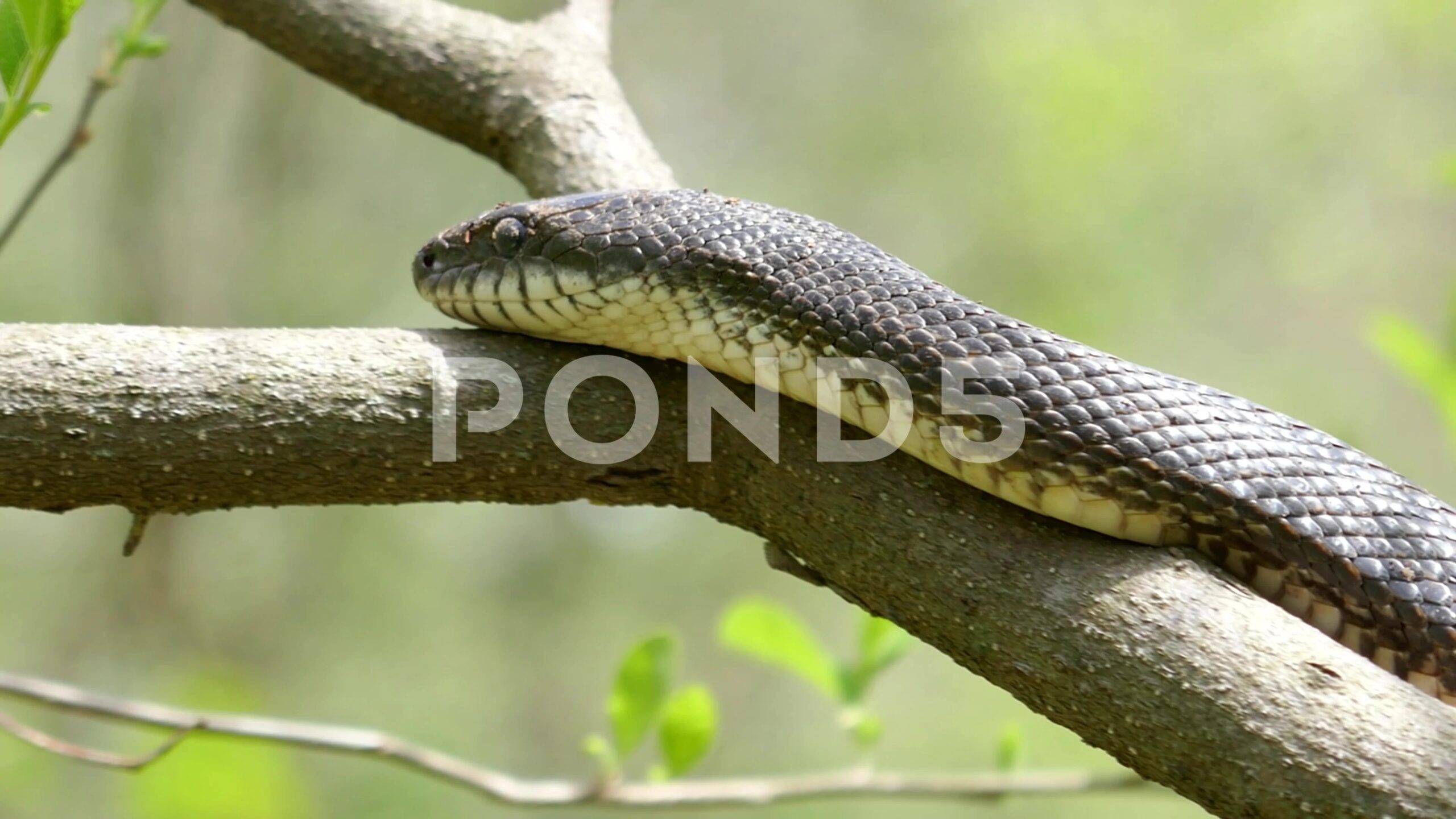
Coiling
In addition to slithering, some snakes also use coiling as a climbing technique. They tightly wrap their bodies around the branch, creating multiple points of contact for stability. This coiling motion allows the snake to securely grip the branch and prevent slipping or falling.
For larger snakes, such as pythons, coiling is particularly effective due to their size and strength. They can coil around branches and even entire tree trunks, providing them with a stable foundation for climbing.
Tree bracing
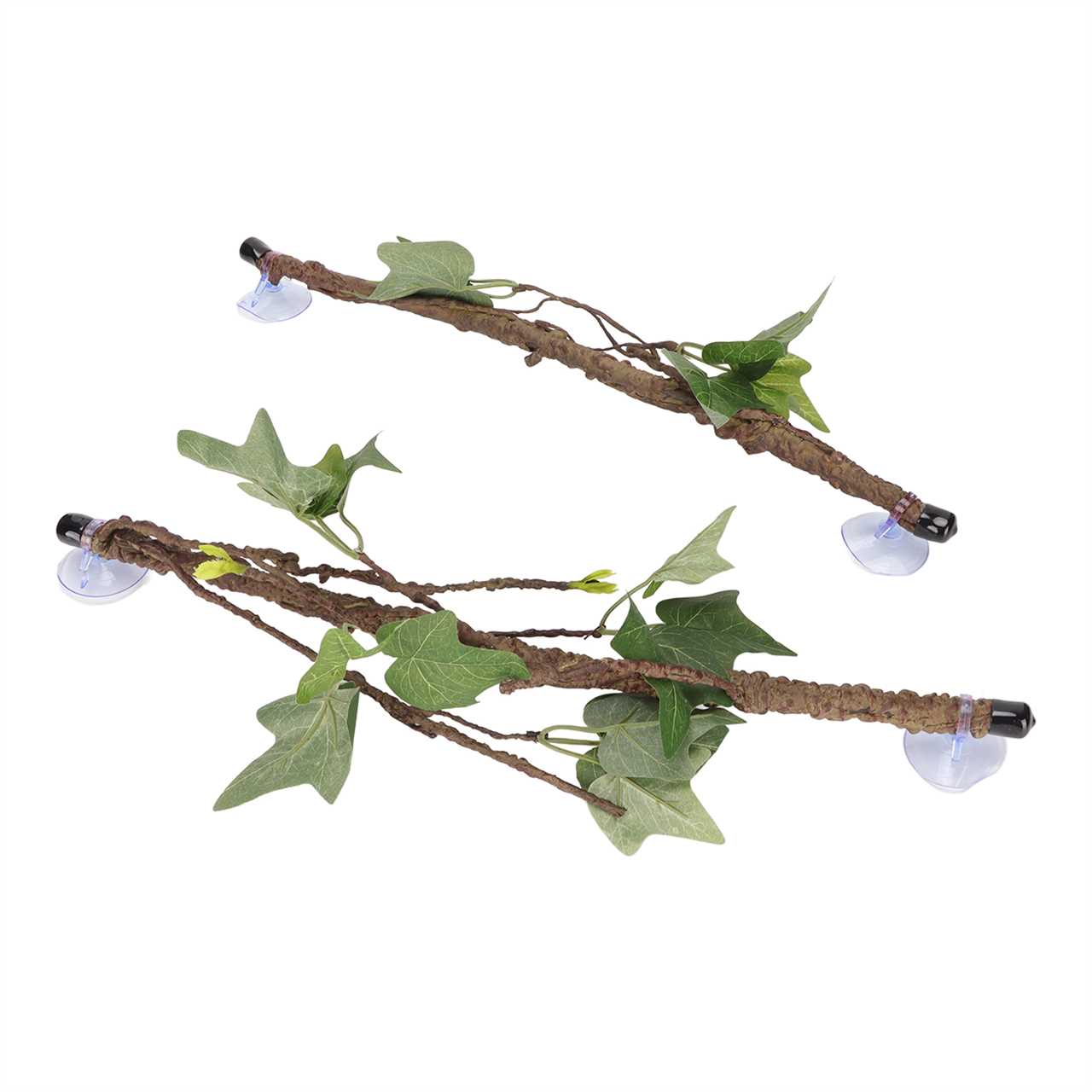
Another technique used by arboreal snakes is tree bracing. This involves using their body to push against the trunk or branches of a tree to create a stable platform for climbing. By exerting pressure against the tree, snakes can anchor themselves and propel their bodies upwards.
Some snakes also have prehensile tails, which are adapted for gripping and wrapping around branches. This allows them to free up their body to support their weight while climbing.

I’m Lena Adams—a product of an unconventional upbringing in the African wilderness. My father, a daring explorer of African wildlife, sparked my fascination with reptiles, a passion that intertwined with the tragic loss of my mother during an expedition, leaving an indelible mark on my life. Driven to understand the creatures that captivated my parents, I embarked on my journey, sharing insights about reptiles, frogs, and lizards on my website. Through my explorations and conservation efforts, I honour my family’s legacy while seeking connections—to the creatures, nature, and the mother whose presence I yearn to understand.
